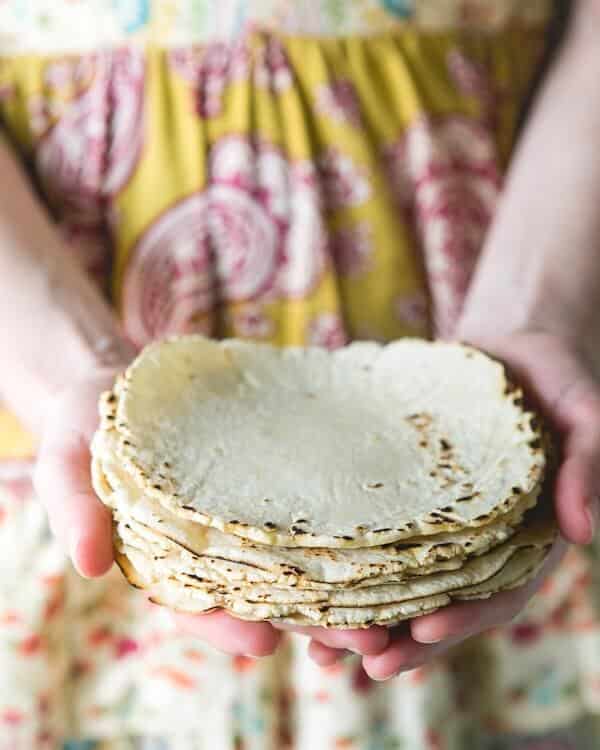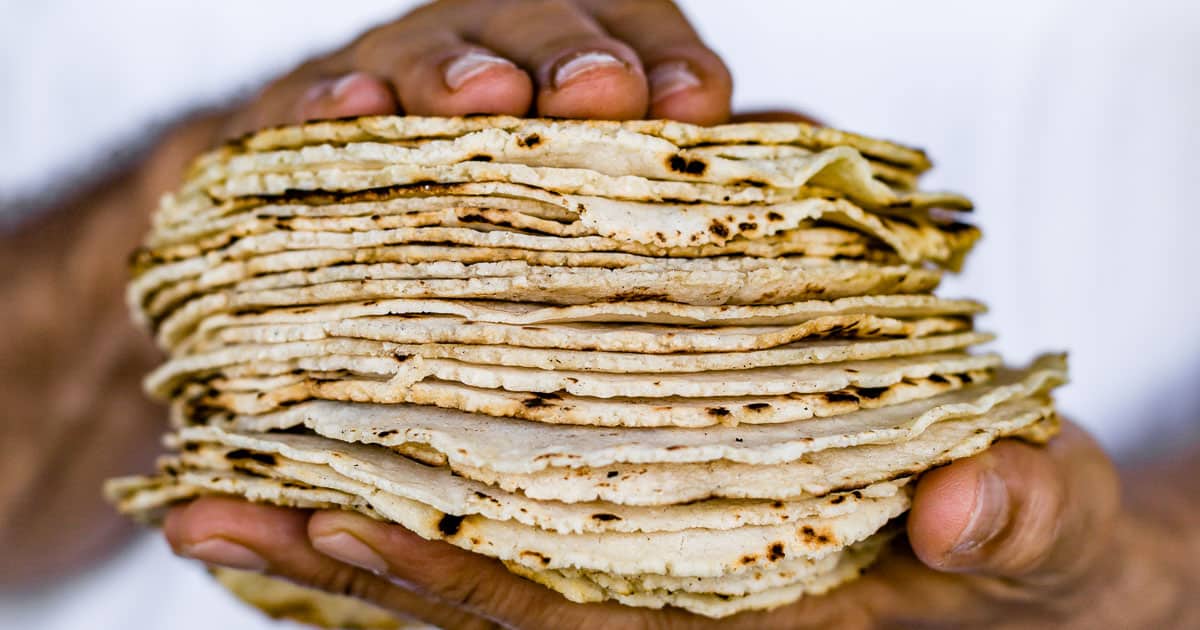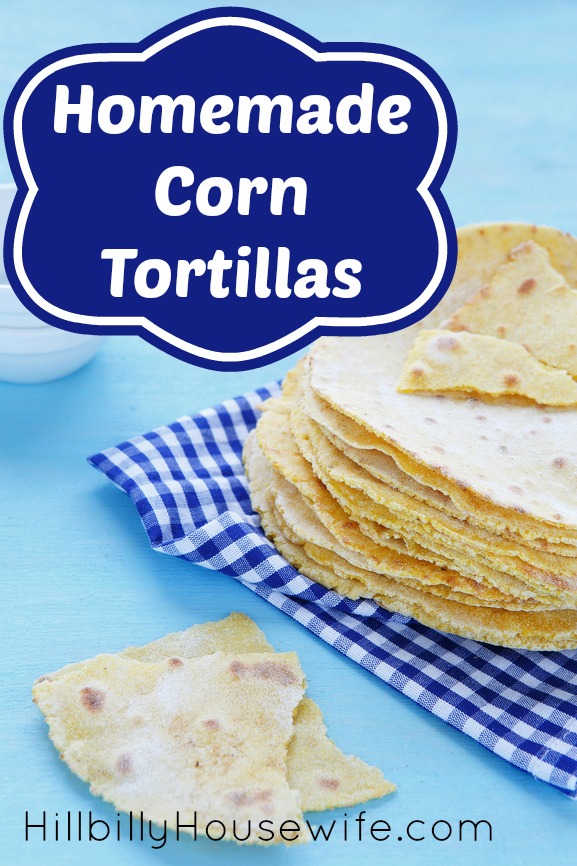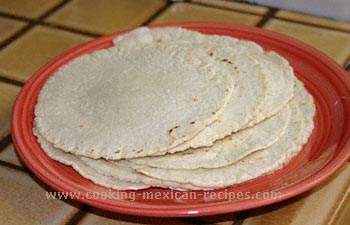Tortilla de maiz
corn tortilla
In Mexico and Central America, a corn tortilla or just tortilla is a type of thin, unleavened flatbread, made from hominy, that is the whole kernels of maize treated with alkali to improve their nutrition in a process called nixtamalization. A simple dough made of ground hominy, salt and water is then formed into flat discs and cooked on a very hot surface, generally an iron griddle called a comal. A similar flatbread from South America, called an arepa (made with ground maize, not hominy, and typically much thicker than tortillas), predates the arrival of Europeans to America, and was called tortilla by the Spanish from its resemblance to traditional Spanish round, unleavened cakes and omelettes. The Aztecs and other Nahuatl-speakers call tortillas tlaxcalli ([t͡ɬaʃˈkalli]). The successful conquest of the Aztec empire by the Spanish and the subsequent colonial empire ruled from the former Aztec capital have ensured that this variation become the prototypical tortilla for much of the Spanish-speaking world. Maize kernels naturally occur in many colors, depending on cultivar: from pale white, to yellow, to red and bluish purple. Likewise, corn meal and the tortillas made from it may be similarly colored. White and yellow tortillas are by far the most common, however. In Mexico, there are three colors of maize dough for making tortillas: white maize, yellow maize and blue maize (also referred to as black maize). Tortilla is a common food in Mexico, Guatemala, Belize, El Salvador, Honduras, Nicaragua and Costa Rica.
Source: Wikipedia
Recipes

Tortillas: Make Corn Tortillas at Home - Pati Jinich
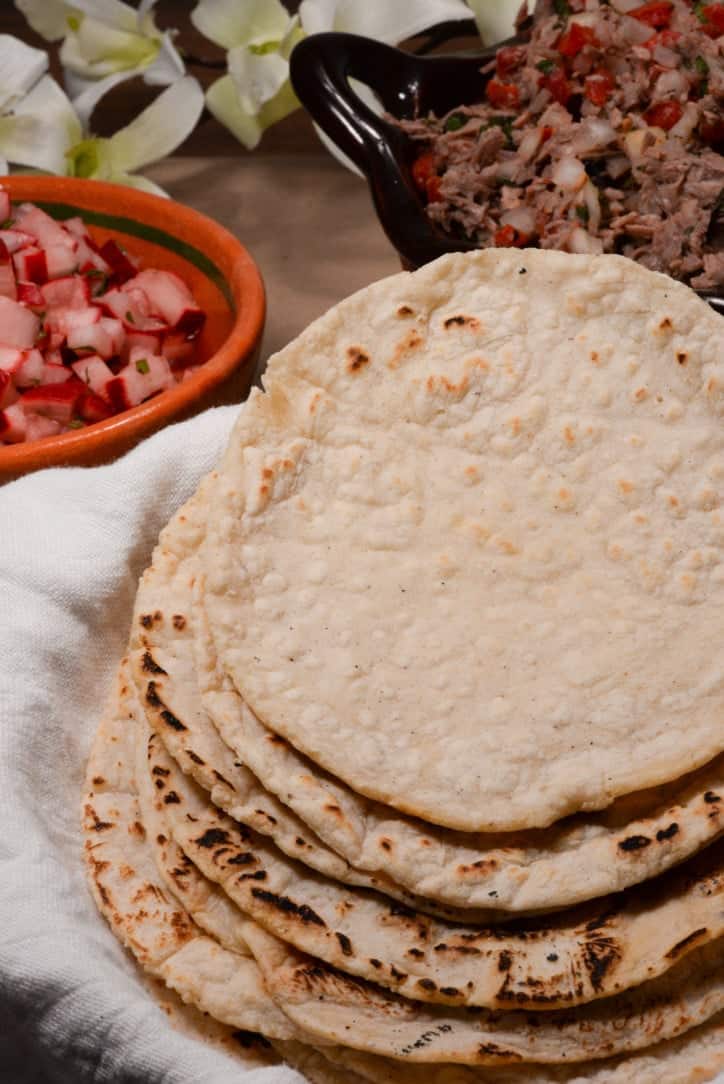
Guatemalan Tortillas - International Cuisine

Corn Tortilla Recipe (3-Ingredients!) - Jessica Gavin

:max_bytes(150000):strip_icc()/17500-Corn-Tortillas-DDMFS-2x1-40-10d5958e98e847c193c30ee7c98c30d8.jpg)
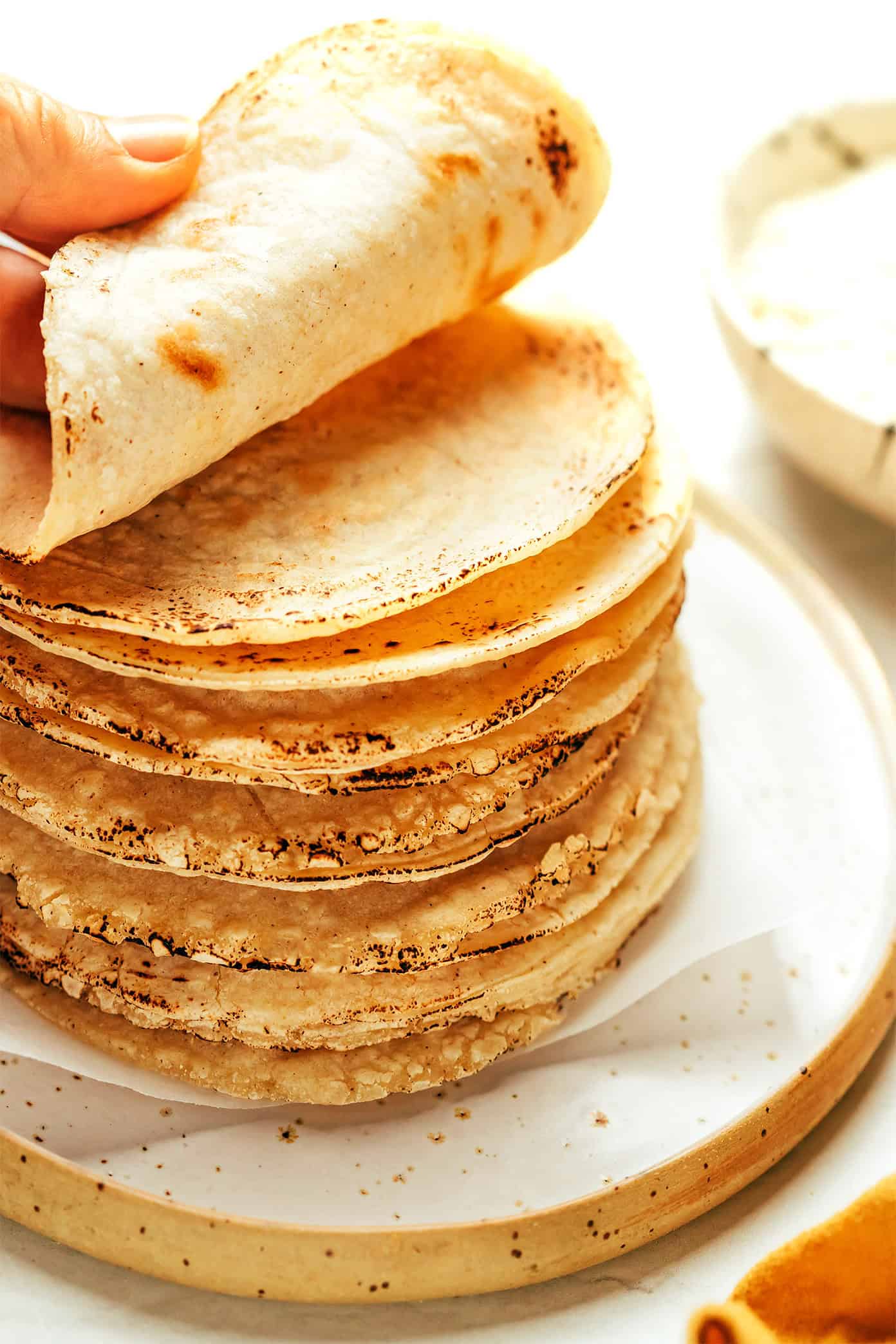
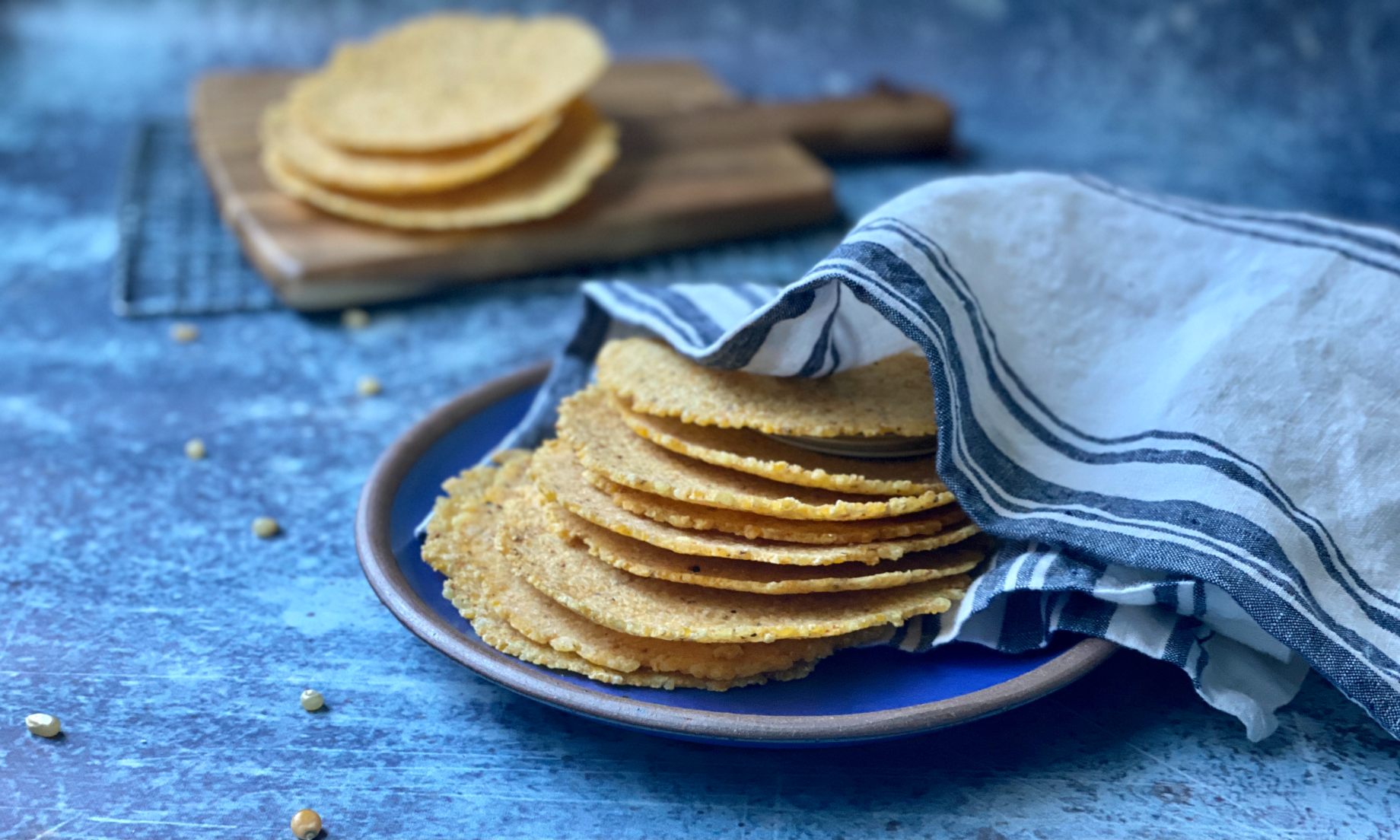
:max_bytes(150000):strip_icc()/5262200-6a38a75b190f4478b6467c582d1f41f5.jpg)
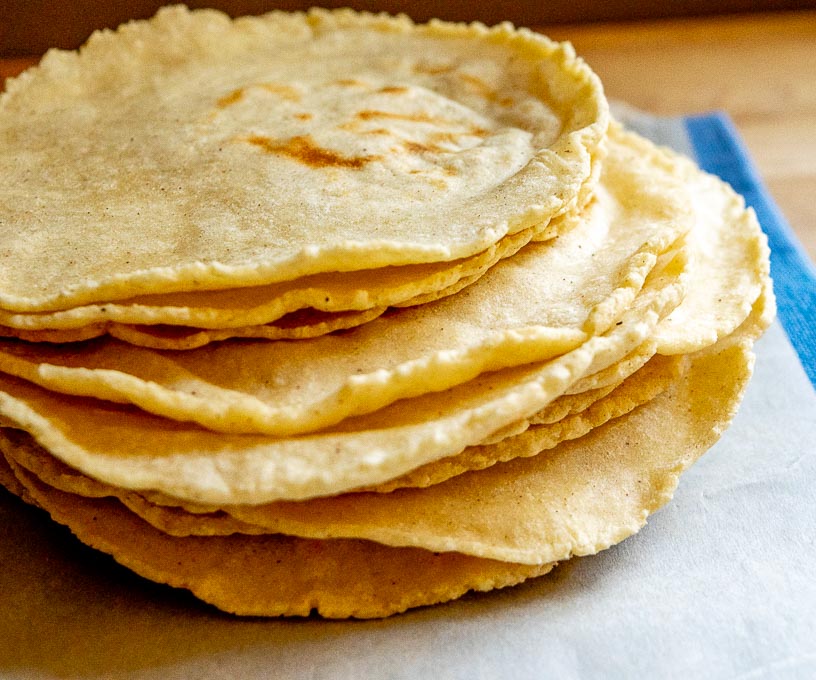
:max_bytes(150000):strip_icc()/Simply-Recipes-HT-Make-Corn-Tortillas-LEAD-06-20fe94dad2724abda41d6afa1ad5bec0.jpg)
:max_bytes(150000):strip_icc()/86495212-58a6fe5f3df78c345b6518c4.jpg)
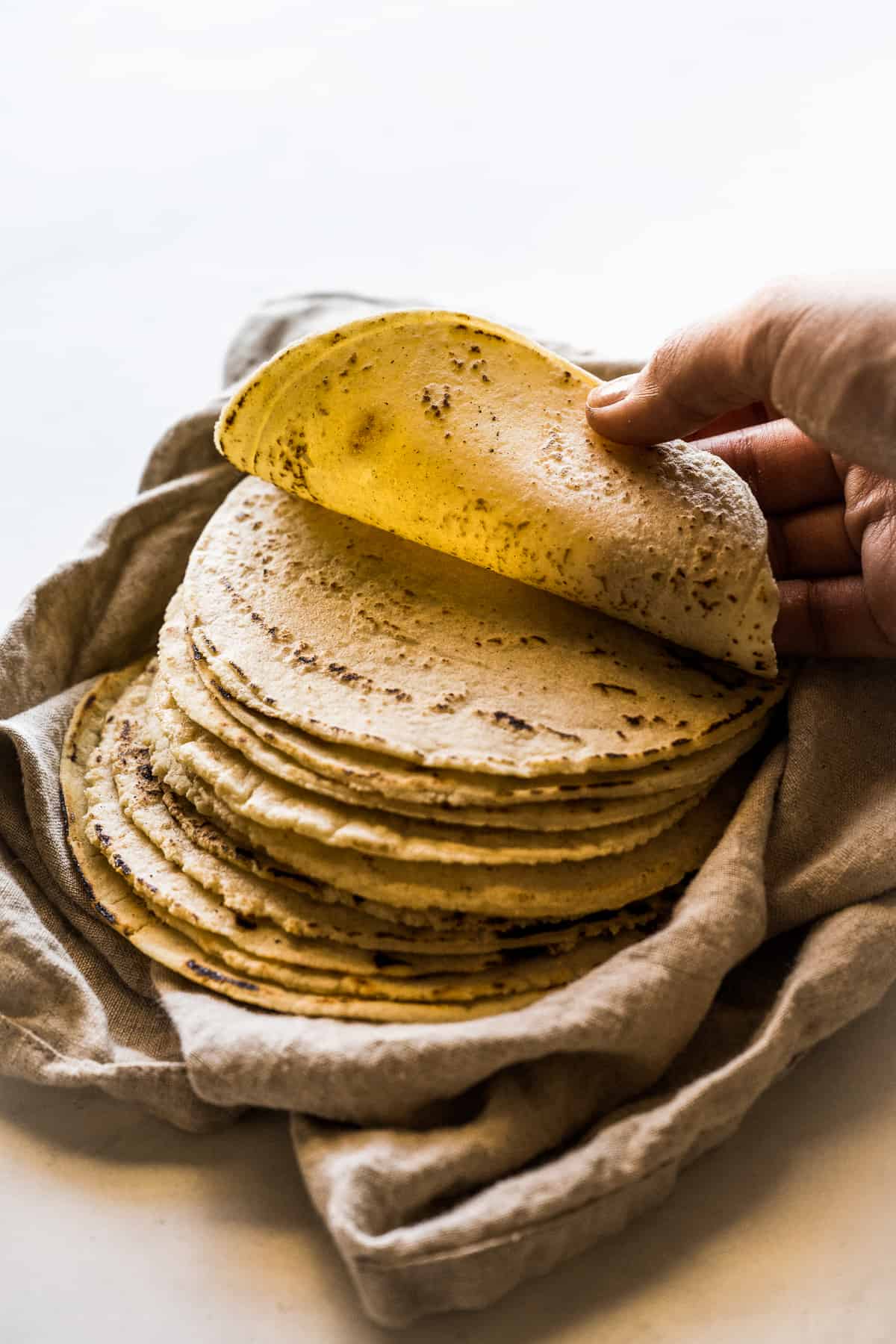
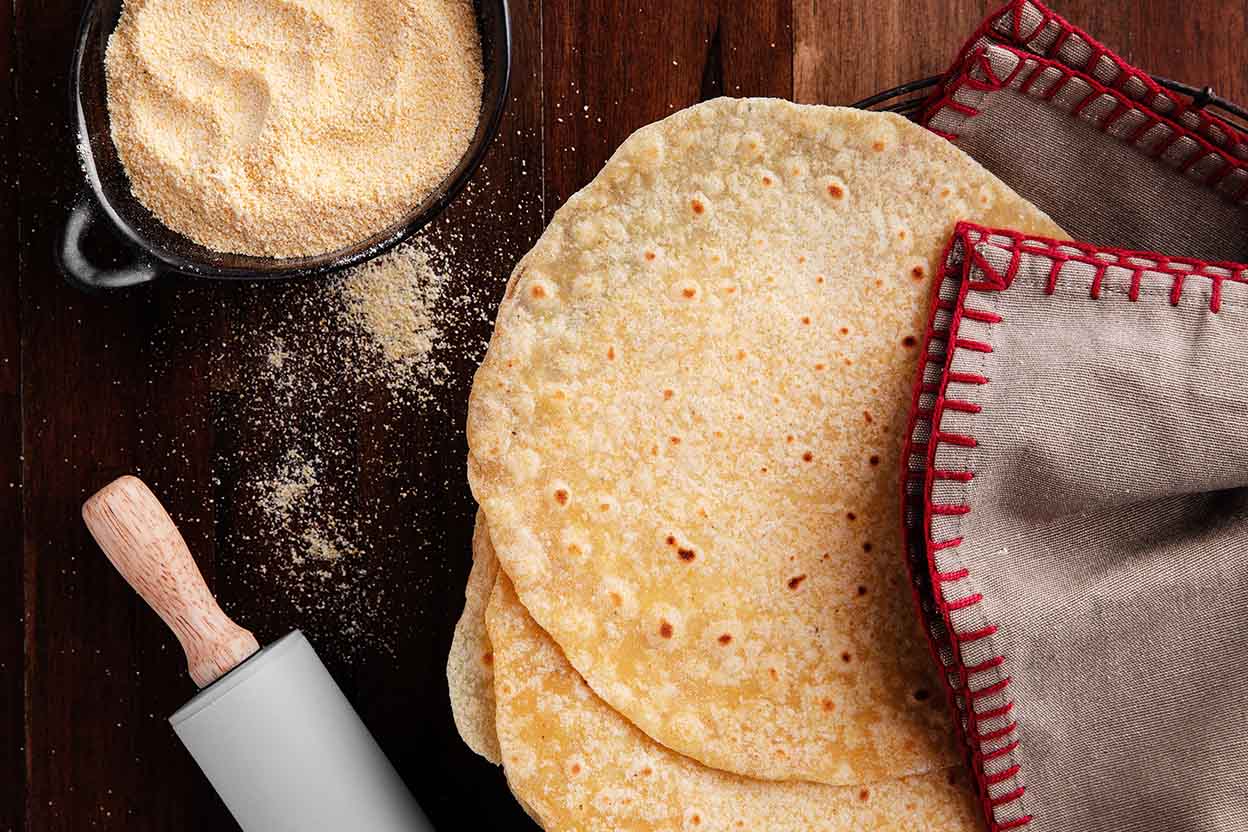
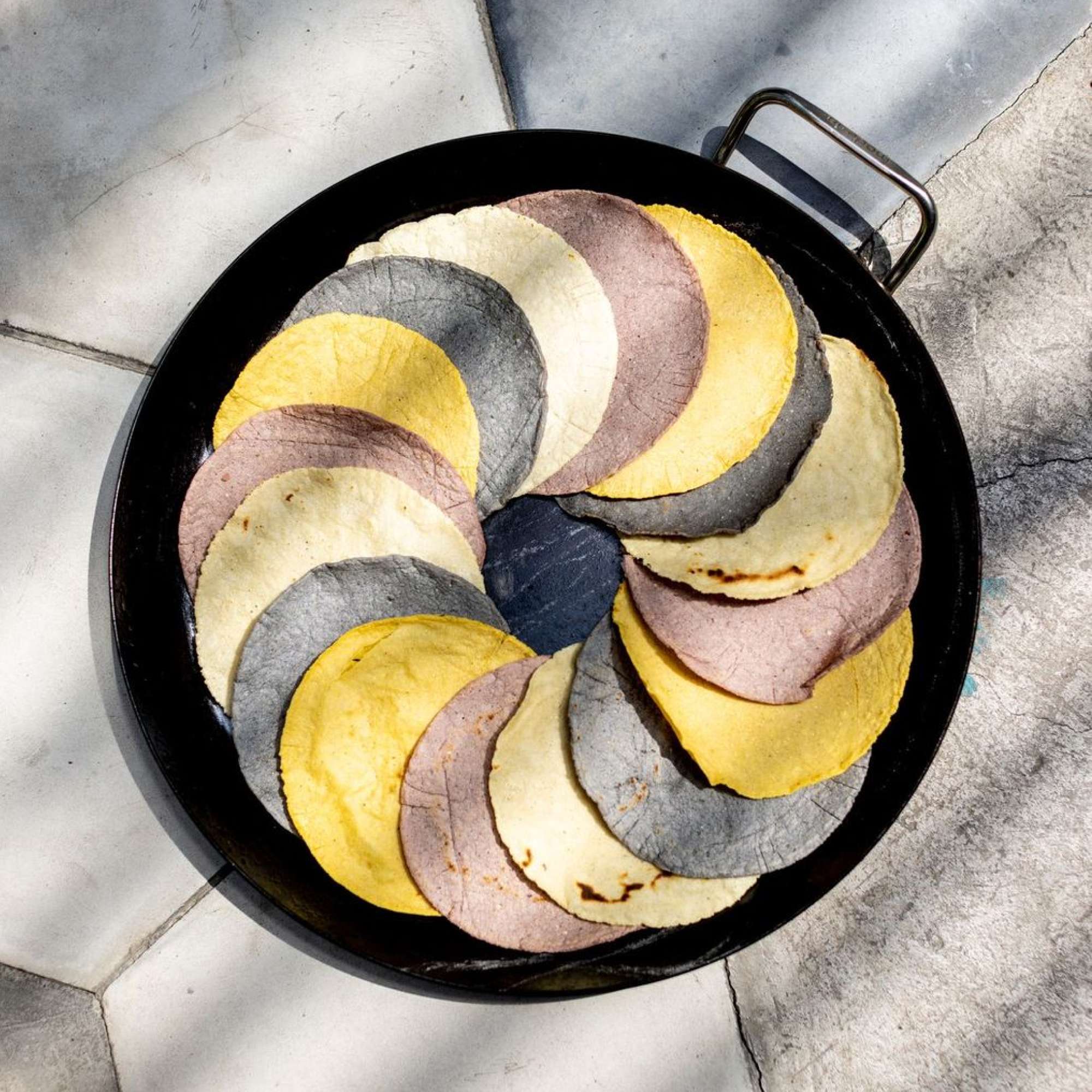
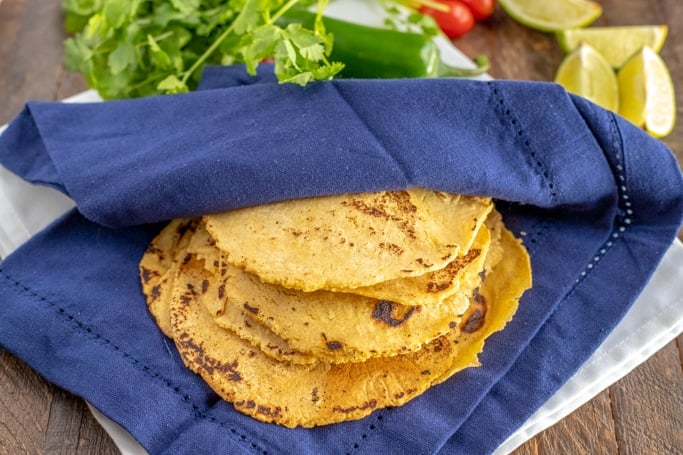
:max_bytes(150000):strip_icc()/2140870-2d6faadbad1a4f82b7972ebdc9c0d30f.jpeg)

:max_bytes(150000):strip_icc()/social_image_placeholder-1be03e498cce4b6c843ac910b2c7c9aa.png)
